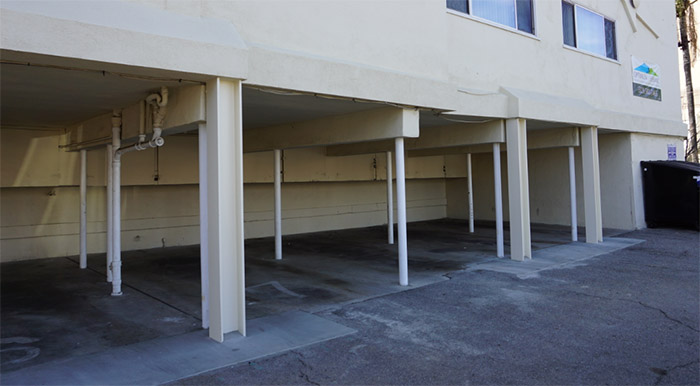Thoughts of Earthquake Hazards Rise As COVID Slows

By Ali Sahabi
Nearly everyone has experienced some of the widespread economic impacts of the Covid-19 pandemic — business closures, loss of income, unemployment, working remotely, or unavailability of services we have come to depend on.
And many of us know someone who has been personally impacted by illness or death.
COVID-19 raged into our communities somewhat unexpectedly, much like an earthquake or other natural disaster might, and the impacts have been very much the same: lives lost, medical services stretched thin, businesses shuttered, jobs lost and economic disruption.
Risks of an L.A. earthquake
Now that California is in recovery, and life is “getting back to normal” – it’s time to focus on building community resilience for all natural and manmade disasters, including the very real threat of a major earthquake striking Los Angeles.
If a 7.8-magnitude earthquake were to strike along the San Andreas Fault today , one in every 16 buildings in the region would be damaged, according to the United States Geological Survey. Other USGS projections for this scenario include: 1,059 deaths, 453 serious injuries, 13,454 “non-fatal” injuries, 121,339 displaced households (351,883 individuals).
The USGS “ShakeOut” study anticipates that at least five pre-1994 steel moment-frame high-rise buildings would collapse under this scenario, with about 5,000 people inside them if the quake strikes during regular business hours.
As many as 50 low- and mid-rise concrete moment-frame buildings would collapse, and 900 unreinforced masonry buildings would be irreparably damaged.
Do you know whether your apartment building will still be standing?
Dangerous misconceptions
The USGS warns against a very common but dangerous misconception: “If my home/building made it through the Northridge quake, I will make it through the next one, too.”
The USGS launched the ShakeOut scenario study to get people thinking and taking action to be earthquake-ready. More than 300 experts from a variety of fields collaborated to prepare the report.
The Northridge quake of 1994, (magnitude 6.7), is not an appropriate point of reference for a catastrophe, because it was simply not large enough to cause catastrophic devastation, the USGS warns.
After Northridge, most businesses were able to regroup fairly quickly, but after a regional disaster, so many will struggle for such a long time that a much greater number will fail, creating a domino effect that hurts employees, customers, and surviving businesses.
The coronavirus has prompted many of us to take a new look at the importance of resilience on a personal, community, regional and state level.
We have experienced the need to be prepared for major emergencies at all times. But have we learned?
Given these grave risks, it’s smart to have your building evaluated for earthquake safety today and use that knowledge to plan and be ready for the future. Find out more and by calling Optimum Seismic at 833-978-7664 or visit www.optimumseismic.com for a complimentary earthquake evaluation today.
Ali Sahabi, a licensed General Engineering Contractor (GEC), is an expert in seismic resilience and sustainability. He is Co-Founder of Optimum Seismic, Inc., which has completed more than 3,500 earthquake retrofit and renovation projects for multifamily residential, commercial, and industrial buildings throughout California.




